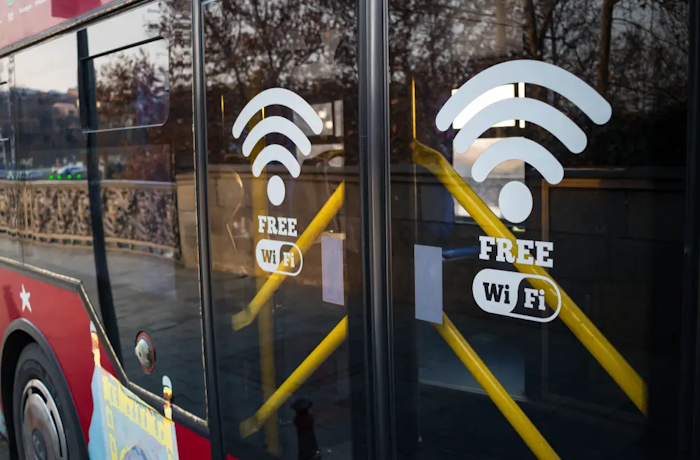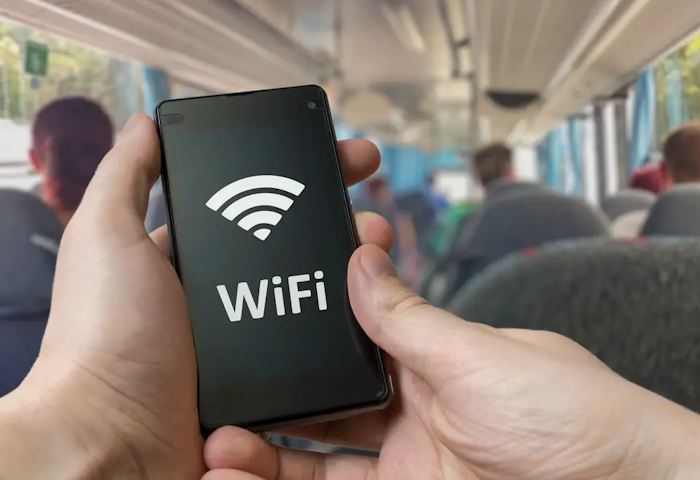Staying online has changed from being a luxury to a necessity nowadays. Since this demand has been identified, public transportation networks are adjusting by putting Wi-Fi connectivity in buses. This innovative approach raises issues about the underlying technology and advantages while also enhancing the traveling experience.
Infrastructure and Hardware Setup
Wi-Fi service on public transportation vehicles requires a complex hardware and infrastructure setup. Specialized routers, antennas, and network management systems are installed in buses.

These parts function as a unit to connect to satellite or cellular networks, enabling passengers to use the internet while traveling. All passengers are covered by the internet signal because of the routers, which disseminate it throughout the bus.
Additionally, Wi-Fi in airports is a common thing nowadays, such as the Los Angeles Airport, which provides free Wi-Fi to passengers across all public terminals.
Cellular or Satellite Connectivity
Wi-Fi services on public transportation vehicles often rely on cellular or satellite connectivity. In urban settings with good network coverage, cellular networks like 4G or 5G are frequently used. Passengers can access the internet through the cellular network on buses that have cellular routers that connect to neighboring cell towers.

Buses may use satellite communication in more rural or isolated places with patchy cell phone coverage. Passengers can maintain a connection even when the bus is in a location with poor terrestrial network coverage because of satellite-based Wi-Fi systems, which guarantee a steady connection regardless of the vehicle’s location.
Data Management and Security
When providing Wi-Fi on public buses, efficient data management and security procedures are crucial.
Network administrators keep an eye on user connections, regulate bandwidth allocation, and guarantee that everyone has a pleasant browsing experience. Encryption and firewalls, among other strong security measures, are used to safeguard passenger data and defend against potential online threats.
Moreover, on every bus operated by Greyhound, complimentary Wi-Fi is available to all customers.
Benefits for Public Transportation Authorities
For transportation authorities, installing Wi-Fi aboard public transportation vehicles has a number of advantages.
The first benefit is that it draws more customers, which raises income and ridership. Additionally, it enables authorities to compile useful information on travel trends, passenger preferences, and busiest times.
Routes, schedules, and service quality may all be improved using this data, which will ultimately result in a better public transportation system.
Future Developments
The potential for Wi-Fi aboard transit buses is tremendous as technology develops further. The introduction of cutting-edge 5G networks will make connections faster and more dependable, significantly improving the traveler’s experience.
Furthermore, the incorporation of smart technologies, such as real-time route updates and electronic payment methods, may enhance the appeal and convenience of public transportation.





